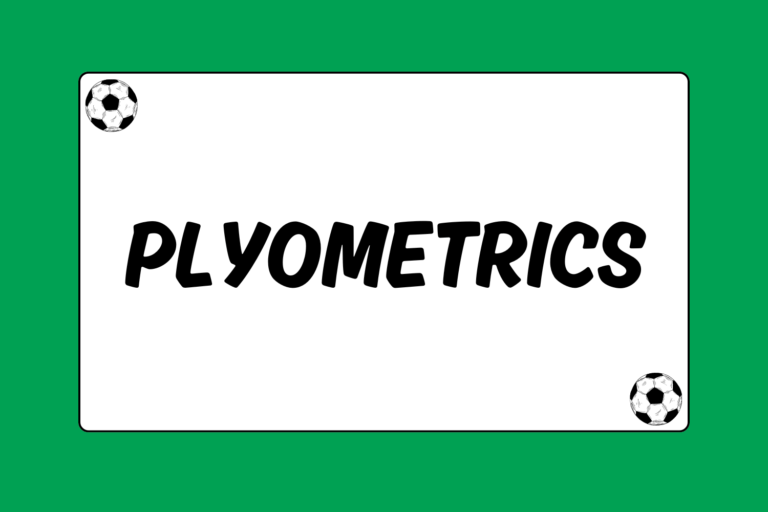Stoppage time occurs after 90 minutes of regulation have elapsed. It is the referee’s job to calculate how much time has elapsed during the match due to restarts, injuries, fights, and pitch invasions. These breaks are traditionally called stoppages, and result in extra time added called stoppage time.
It’s important to remember that when it comes to stoppages on the field, the referee has the final say. Never stop playing because you think a call might be forthcoming. Instead, always keep at it until you hear the whistle. This guide explains the most common stoppages.
Restarts
Restarts include any time the ball goes out of play, including throw-ins, corner kicks, goal kicks, etc. The ball is not actively in play when restarts occur, but the referee typically will not add stoppage time unless a player takes a particularly long time.
Restarts are somewhat of a gray area because there isn’t a set amount of time a player is allowed before a restart. The judgment is essentially reserved for the referee. Some refs call a stricter game than others, so it’s important to be aware of how long you take when you are in control of a restart.
If a player does take a noticeably long time to restart the ball, it’s usually because they are intentionally trying to delay the game, which the ref will likely be aware of. In these instances, the ref will usually warn the player, add some stoppage time, and in some cases may even give out a yellow card to the offender. The referee will also usually award the ball to the opposing team on a throw-in if he cautions or cards a player for delaying the match.
When a goalkeeper picks up the ball in the 18-yard box, technically it is still in play. However, the keeper is subject to a six-second rule. Usually the referee will caution the goalkeeper the first time this occurs, but if the problem persists, the ref has the power to grant the opposing team an indirect free kick from the spot of the infraction.
Amazingly True Story
In a 2011 Champions League match between Barcelona and Arsenal, Arsenal striker Robin van Persie received a yellow card for booting a ball into the stands and delaying the match after the referee had already blown his whistle to call offside. It was van Persie’s second yellow card of the match, and as a result he was sent off, leaving his team to play the remainder of the game with only 10 men. The odds were too much to overcome, and Barcelona ended up going on to a dominant victory because of van Persie’s silly mistake.
Injuries
Due to the physical nature soccer, as well as the fact that teams are allowed only three substitutions over the duration of a match, injuries are quite common. However, the clock will never stop for an injury timeout. Instead, it is considered courteous to kick the ball out of bounds whenever there is an injured player on the field.
This “gentlemen’s rule” applies to both teams. Once the injured player has been tended to by the medical staff, play resumes and the team of the non-injured player typically receives the ball. This holds true even if the team with the injured player has control of the restart. If that is the case they typically throw or kick the ball back to the opposing team. The referee then adds the amount of time taken up to the stoppage time allotment.
Fights
Similar to injuries, fights occur relatively frequently in the game of soccer. Fights are frowned upon and are met with harsh punishment and suspensions from the referee. Players should try to avoid physical confrontation at all costs, but if a fight does erupt the time taken is added to stoppage time.
Pitch Invasions
Pitch invasions are usually only a problem in professional matches, where a fan can get their 10 seconds of fame in front of a televised audience. As a player, it is important to allow the match officials to do their job and deal with the offender. Players can be carded or sent off for engaging with pitch invaders, so leave them alone.
Why Doesn’t the Clock Stop?
Soccer is a free flowing game which prides itself on tradition. In an age where many sports are doing everything they can to liven up matches to increase television revenue dollars, soccer has stuck to their proverbial guns. This essentially means that soccer has always been played with a running clock, but that’s part of what makes it unique. Check out the “Understanding the Clock in Soccer” guide for more information on the subject.
Adding it All Up
Once 90 minutes of regulation end, the referee will add up all the time that has been taken up due to stoppages over the course of the match. Play doesn’t actually stop at 90 minutes, the referee simply notifies his assistant how much time needs to be added, and then the number of minutes is held up on an electronic score board. This electronic format is standard in professional matches, but in youth soccer the referee will usually just make a judgment call on the fly.
Once the amount of stoppage time allotted has elapsed, the referee will blow the final whistle. The only exception to this is when a scoring opportunity is occurring as time elapses. If that is the case, the referee will usually wait for the ball to reach a neutral zone before calling the match.
Now that you understand what stoppages are and how they work, you are better prepared to succeed on the soccer field and impress your friends with you extensive knowledge of the game.





